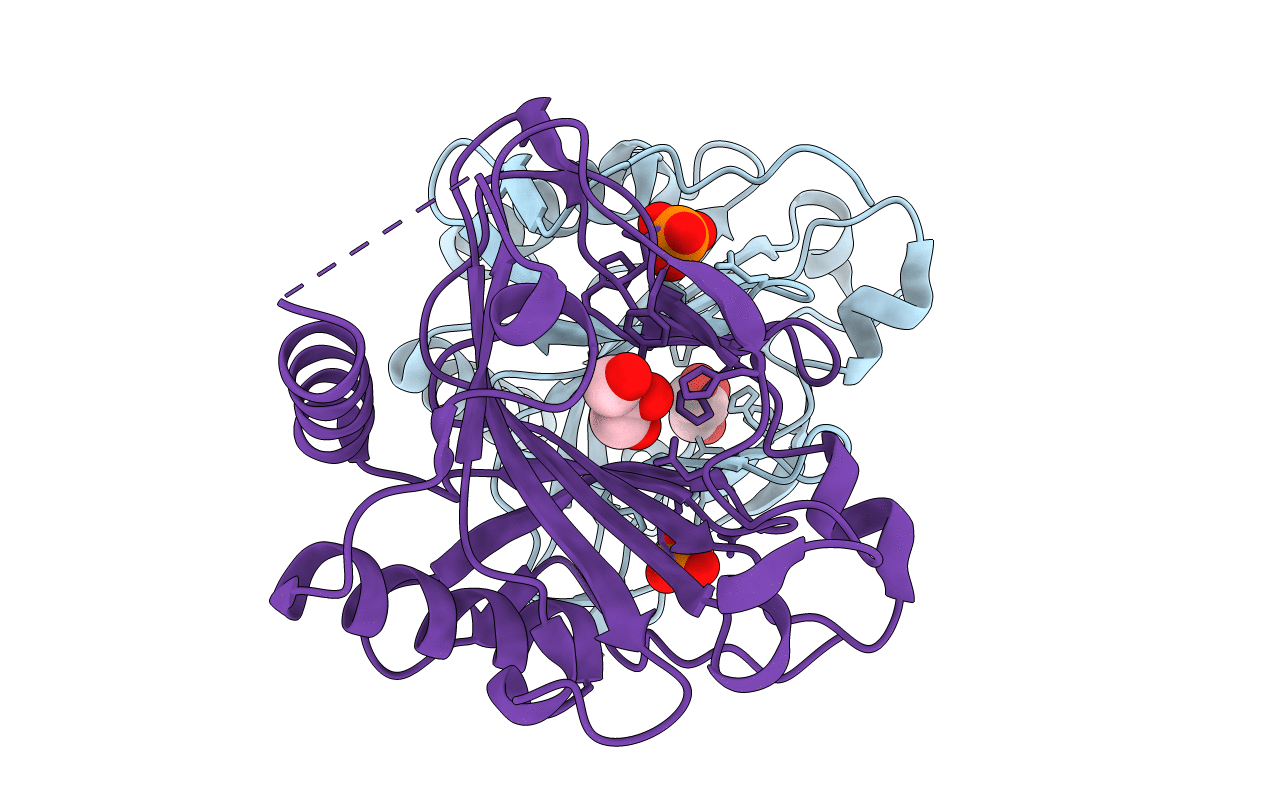
Deposition Date
2009-08-28
Release Date
2009-12-15
Last Version Date
2024-11-27
Entry Detail
PDB ID:
3ITQ
Keywords:
Title:
Crystal Structure of a Prolyl 4-Hydroxylase from Bacillus anthracis
Biological Source:
Source Organism:
Bacillus anthracis str. (Taxon ID: 198094)
Host Organism:
Method Details:
Experimental Method:
Resolution:
1.40 Å
R-Value Free:
0.21
R-Value Work:
0.19
R-Value Observed:
0.19
Space Group:
P 1 21 1


